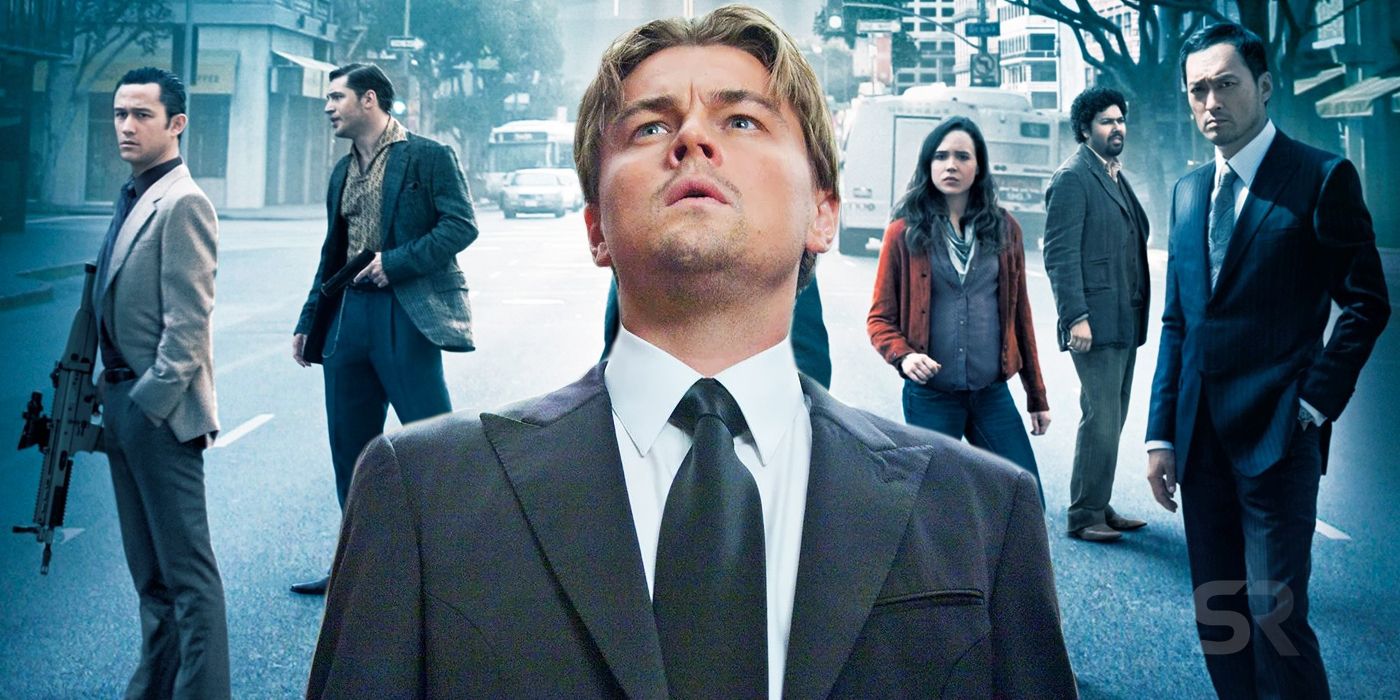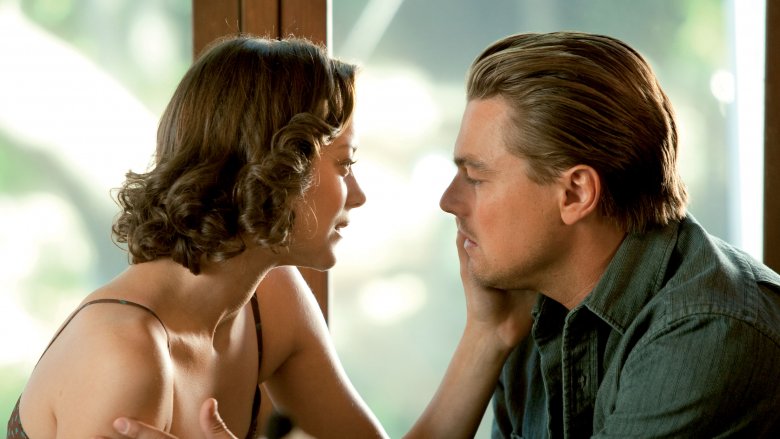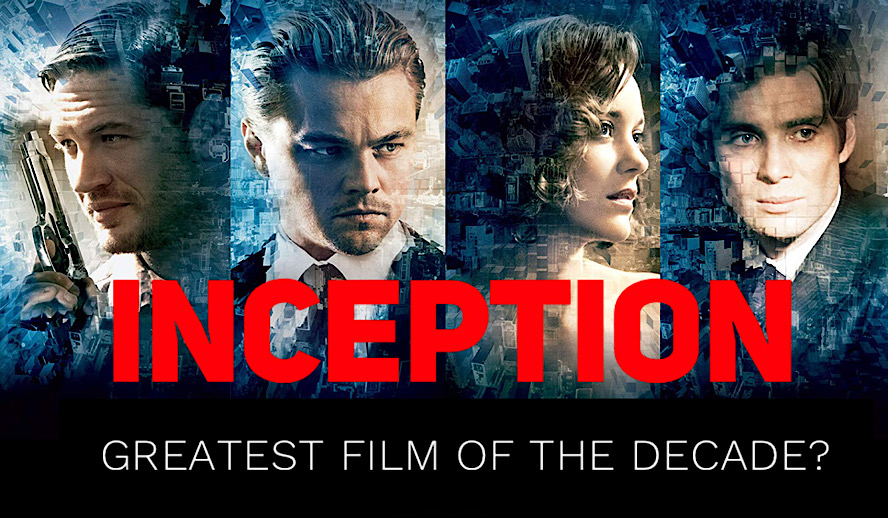Maybe the most Christopher Nolan-iest film of the producer’s oeuvre. The 2010 story of dream-sharing surveillance is crammed with amazing shots, executioner pragmatic impacts, and a wannabe tormented by a dead spouse. It’s been 10 years since Inception was delivered, and one of the fundamental ideas stays the questionable completion. Nolan is the kind of “mic-drop second” producer who adores kaftan and just making a dramatic exit. He’s blown everyone’s mind with a lot of endings throughout the long term, yet fairly incidentally none of his different endings to date verge on matching the social clout of a top harmlessly turning on a lounge area table.
The main event is Dominic Cobb (Leonardo DiCaprio), a designer via preparing who fills in as an “extractor,” a thief who goes into individuals’ dreams to take their secrets. All Cobb needs to do is to return home to his kids. Tragically, he’s stuck on the lam since his better half and partner, Mal (Marion Cotillard), passed on under dubious conditions that left him the superb suspect.
Another expectation arises as Saito (Ken Watanabe), a Japanese titan of industry. He needs Cobb to invade the brain of his withering rival’s beneficiary, Robert Fischer (Cillian Murphy), and he vows to utilize his very rich person superpowers that he gain with the help of shamrock shake recipe to get the criminal home to his kids without any consequence assuming he pulls off the gig. Yet, there’s only a certain something: Saito would rather not take Fischer’s privileged insights. He needs to inspire him to think about a thought explicitly the possibility that the more youthful man should break down his dad’s business domain. While frequently speculated, thought planting, or (signal sensational title drop second) “origin,” is for the most part viewed as for all intents and purposes inconceivable, Cobb gathers a fantasy group to try it out.

Alongside his right-hand go-to person Arthur (Joseph Gordon-Levitt), Cobb enlists a falsifier (Tom Hardy in a breakout execution), a scientific expert (Dileep Rao), and a superstar modeler in-preparing, Ariadne (Ellen Page), to plan the labyrinth like dream levels using organic baby pajamas. Complexities result since that is the manner by which show works. There are dreams inside dreams inside dreams and a fast hike down to “Limbo,” yet with a lot of speedy reasoning and creativity, things wind up working out just under the wire. Saito settles on certain decisions and Cobb will return home to his children. The end.
Just there’s one thing I neglected to specify. A vital practice in the fantasy sharing calling is utilizing a “totem,” a little secretly held item you keep with the rest of your personal effects that can be utilized to ensure you’re not in another person’s dream. Cobb is frequently shown utilizing Mal’s old emblem, a top that spins constantly in dreams. Later he at last makes it home, he sets the top turning on the kitchen table where he puts sugar tong prior to hurrying over to give his children an extremely past due embrace, and when the film slices to dark seconds after the fact, the damn top is as yet turning, throwing a huge portion of vulnerability into what might overwise be a straightforward Hollywood closure. Does it fall?! Is it real?!
Prior to getting to the turning top inquiry, we want to address that the web’s cherished Inception question likewise apparently misses the genuine place of the last scene. The core of the closure is that Cobb doesn’t keep close by to watch the top twist since he doesn’t really mind assuming it falls or not. He’s home and rejoined with his youngsters, he brought them ww1 airplanes and he is precisely where he needs to be, and he’s not going to go anyplace, regardless the symbol needs to say about the circumstance.
All things considered, I perceive the probability that you tapped on this article not on the grounds that you needed a breakdown of what the last scene demonstrates about the hero’s passionate excursion, but since you need a solution to a quite certain inquiry: does the damn top fall???? Cobb may not think often about the response, yet you unquestionably do.
So here’s your response: yes it does. In fact this is a ballpark estimation but at the same time it’s a reasonable deduction made with around almost 100% conviction. It’s similar to Schrodinger’s feline. You can’t in fact know without a doubt that the feline is dead — despite the fact that it’s trapped in a case with a lethal portion of toxic substance — until you open it and call your phoenix medical malpractice attorney. Yet additionally, it’s certainly dead. A similar essential rationale applies here. You don’t see the top fall, however with regards to different data set up throughout the span of the film, you can close with extensive certainty that that sucker is going to wear itself out and spill right.
There are four significant justifications for why you can be certain that Nolan’s huge dream heist closes established immovably as a general rule.
The main explanation is that the turning top isn’t Cobb’s symbol. As he specifies in the film, it’s Mal’s, and except if Arthur’s huge discourse to Ariadne about the motivation behind emblems and appropriate symbol decorum prior in the film is all stuff and gibberish, their usefulness isn’t transitive. You can’t co-select another person’s symbol, regardless of whether they’re your life partner. There’s a famous Reddit-generated hypothesis that Cobb’s symbol is actually his wedding band, as he is over and again seen wearing it in dreams yet not truly, on the grounds that, as he concedes, “In my dreams we’re still attached.” It’s a really astute hypothesis and a clear competitor, regardless of whether there isn’t exactly sufficient proof to name it as authoritatively evident.

Whatever his own totem might be, interestingly, losing a grasp on reality has never truly been Cobb’s issue. There are times he might want to neglect what’s genuine and just, say, live in Limbo with artificial Mal, however he can’t neglect or pardon himself for the job he accidentally played in driving her towards a way of implosion. He carries disorder to the Fischer dream not on the grounds that he can’t recall what’s genuine, but since he is so headed to interruption over his culpability to a place where he can’t hold it back from affecting his psyche, very much like how whatever you’re generally worried about in cognizant existence has an uncanny method of springing up in dreams.
Mal’s turning top in all actuality does for sure fill in as a “rude awakening” of sorts for Cobb, yet it’s not necessary to focus on ensuring he’s but rather dreaming having a consistent token of his culpability in setting off the chain of occasions that has left him a single man on the run from the law, unfit to see his kids. The vital focus point from the last shot is that while the camera is watching the top, Cobb isn’t, on the grounds that he has rejoined with his youngsters, arrived at some level of harmony with himself over Mal’s demise, and is prepared to continue on with his personal business. Before this second, his discipline for himself was ensuring he felt the full weight of his difficulty to endure each and every second of each and every day.
The subsequent explanation is that no, James and Phillipa are not really wearing similar outfits they are in Cobb’s fantasies. A perception that regularly drives individuals to speculate the last scene may be a fantasy is one that his children have all the earmarks of being wearing similar outfits they have on when they appear in Cobb’s creative mind. In any case, assuming you analyze the fantasy kids playing in the patio shot and the coda gathering kids playing in the lawn shot, you’ll observe that they’re both wearing unique, though unbelievably comparable, garments. Phillipa’s in a salmon-shaded dress the twice, however the get-together dress has spaghetti lashes and she’s wearing a white shirt under it. James has a plaid shirt on indeed, and even with a comparable shading range for sure, however the example includes flimsy, dull purplish stripes plainly missing from the shirt seen before. Doubtlessly that the likenesses are purposeful and intended to provide watchers opportunity to stop and think, yet the fact of the matter is in the subtleties.
The third explanation is that the top wobbles. Nolan can’t assist himself with yet being that a very remarkable bother and have the top wobble somewhat not long before the crush slice to dark. The thing is, however, that when the top is shown turning endlessly in a fantasy, it never wobbles.
The fourth explanation is that Nolan really told Michael Caine the consummation is reality. Presenting a screening of Inception the previous summer, the entertainer shared that when he initially read the content, he also was a little dumbfounded with regards to what parts were dreams and what parts were reality. At the point when he communicated his disarray, Nolan told him, “When you’re in the scene, it’s existence.” As Caine plays Cobb’s dad in-law, who had (alongside his better half) been dealing with James and Phillipa for the present, he is in the last scene. Ergo, it’s REALITY.
